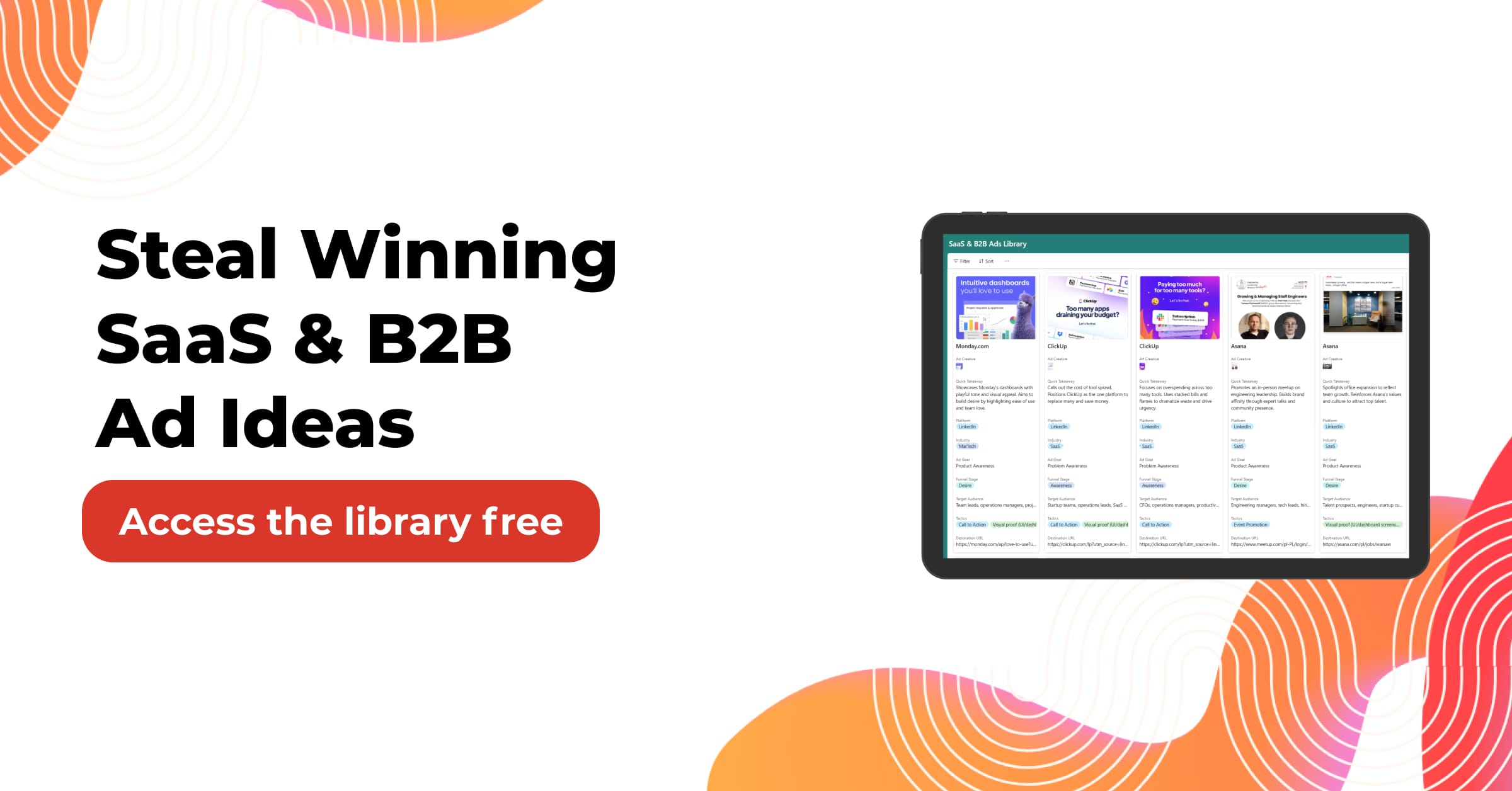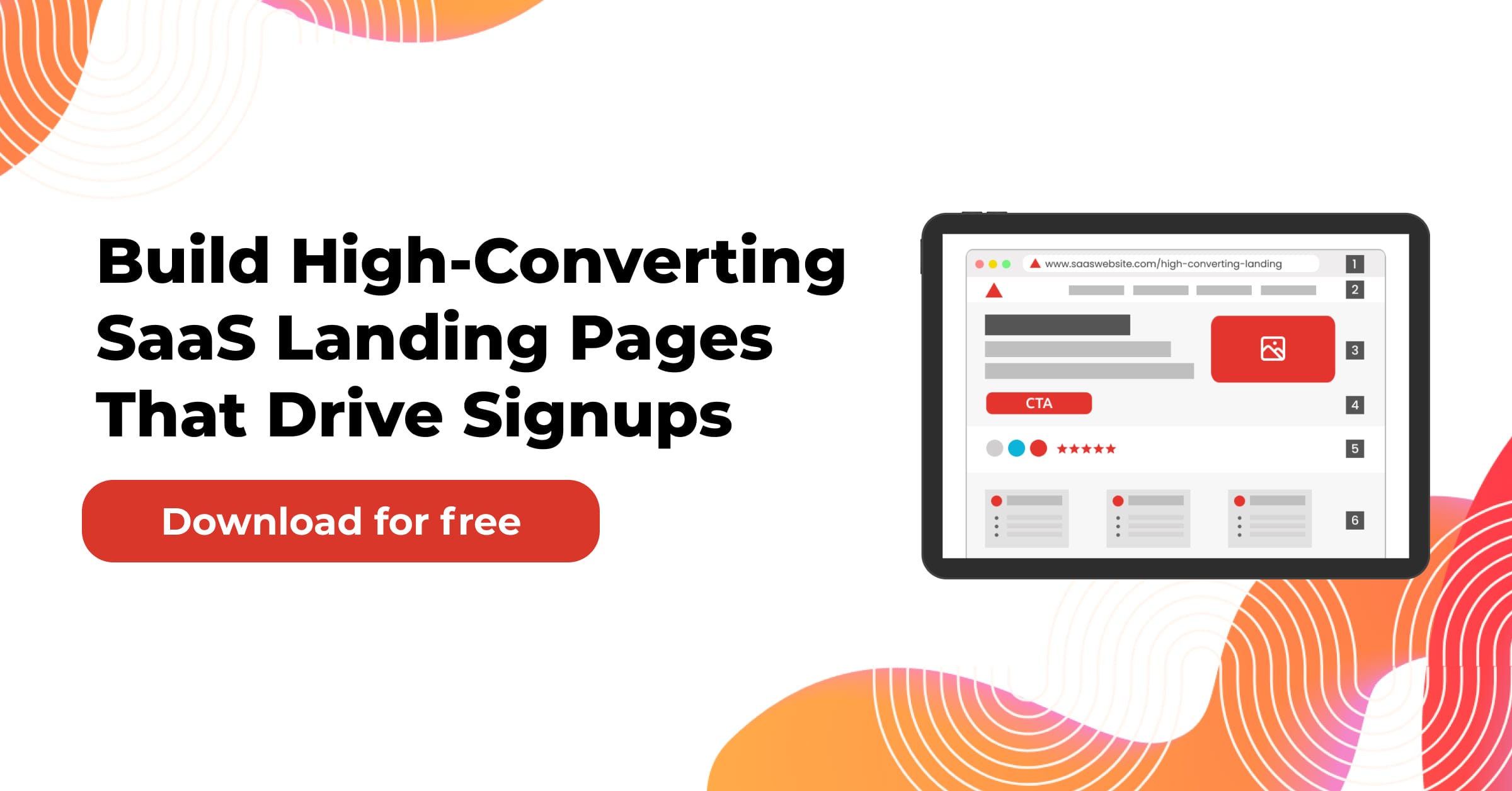Are You Losing Revenue Because Your SaaS Still Feels “Foreign”?
You’ve built a solid product. One that solves real operational headaches for your users. You’ve validated your idea in your home market and maybe even started to see a trickle of international sign-ups.
But if your retention rate is noticeably lower outside of your main region… if CAC is rising with each new geography… if “global expansion” is in the roadmap but not in the revenue, your product might be suffering from one fatal flaw:
It doesn’t feel local.
And in 2025, that disconnect isn’t just costing you sales—it’s quietly capping your growth potential.
Table of Contents
From Translation to Transformation: What’s Changed
Rewind five years. A basic “global launch” might have included:
- A toggle for a few languages (maybe just auto-translated)
- USD pricing
- Stripe or PayPal checkout
- English-only support docs
That was enough—back then.
But expectations have changed. The internet doesn’t feel global anymore. It feels local by default. Every successful app, service, or product now meets users where they are—not just geographically, but culturally.
A user in Tokyo doesn’t want to adapt to your platform.
They expect your platform to adapt to them.
That expectation is shaping what growth looks like for SaaS in 2025. And the companies meeting it are growing faster—and more efficiently—than those that aren’t.
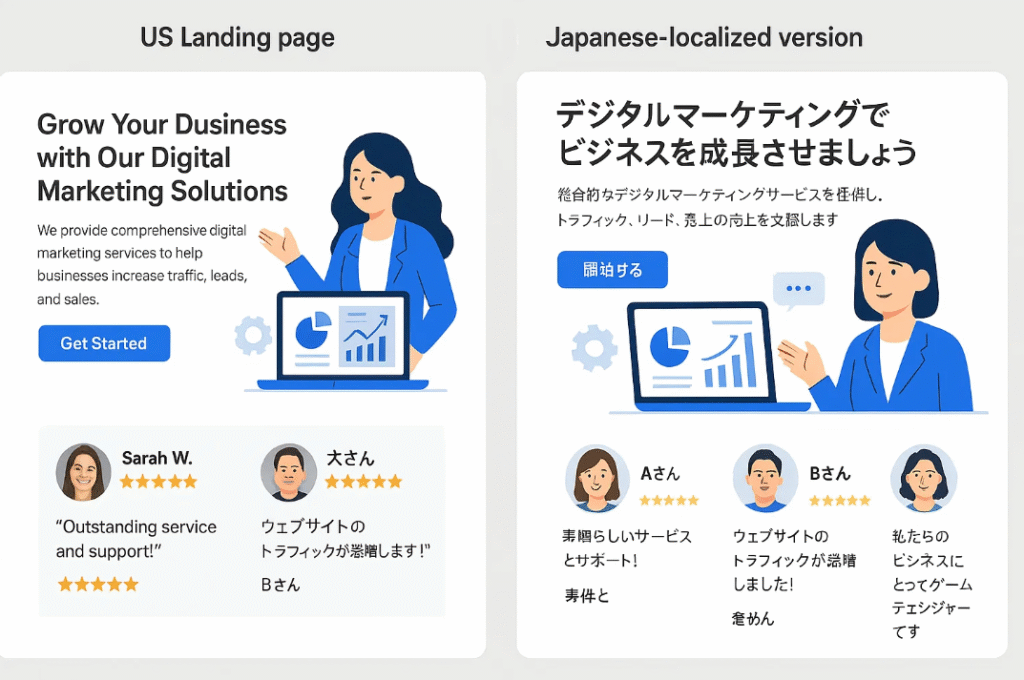
What Happens When You Don’t Localize
It starts small. Lower click-throughs from international ads. Slightly lower conversion rates. A few confused emails in your support inbox.
But it snowballs.
Your onboarding feels awkward. Your UI isn’t intuitive. Your pricing seems misaligned. Your testimonials don’t resonate. Eventually, users leave—not with a loud complaint, but with quiet indifference.
Worse, these issues often don’t show up in dashboards.
They show up in unrealized potential.
Your metrics in these markets remain flat, despite demand being present. Competitors move in. Investors wonder why “international” isn’t scaling.
What “Localization” Actually Means in 2025
The old definition—“make it available in their language”—barely scratches the surface now.
Today, SaaS localization means crafting the entire customer experience to feel intuitive, familiar, and trustworthy at every step.
Let’s break down how deep that goes.
Language & Tone
It’s not enough to translate word-for-word. It’s about capturing tone, idioms, and cultural phrasing. A literal translation of “Let’s get started” might feel cold or robotic in some markets.
Currency & Payment
If you only accept USD or credit cards, you’re immediately excluding entire populations: local wallets, tax formatting, and currency conversion matter.
Visual & UI
Even small UI choices—like date formats, form field order, or icon usage—can create friction. What feels like “best practice” in the US might feel foreign or confusing elsewhere.
Support & Help Docs
Your support hours should match your customer’s day, not yours. Your help docs should exist in their language. Better yet, examples should reflect their work environment.
Cultural Cues
Testimonials, imagery, even colors—all send signals. A white background with soft blue might signal trust in the West. In some cultures, it may signal mourning.
Real-World Mini Case: The Polish Market Play
A mid-market project management SaaS started getting unexpected sign-ups from Poland. Excited, they launched paid ads targeting Polish professionals.
But nothing stuck.
Sign-ups came in, but product adoption and upgrades stayed flat. Confused, the team dug deeper.
Here’s what they changed:
- Hired a Polish copywriter to rewrite their landing page from scratch, not just translate it.
- Switched their checkout currency to PLN and integrated Przelewy24.
- Changed CTA tone to match local business culture.
- Adjusted onboarding examples to use common Polish team names and industries.
Within 30 days, the sign-up-to-paid conversion more than doubled. CAC dropped by nearly 40%. Refund requests and support tickets dropped as well.
The lesson? Local context isn’t decoration. It’s the difference.
Related Article: https://www.adlabz.co/the-ultimate-saas-features-for-winning-big-clients
Your Ad Campaigns Are Failing Because Your Experience Isn’t Local
If your paid campaigns are underperforming in certain regions, your instinct might be to change the audience or tweak the offer.
But have you looked at the experience after the click?
- Does the ad copy match the landing page language?
- Does the CTA carry over in tone?
- Is the headline something a local buyer would say or understand?
Even seemingly minor disconnects can cause drop-offs. Platforms like Meta, Google, and TikTok actively penalize mismatched experiences with lower relevance scores and throttled impressions.
Localization isn’t just about trust. It’s about performance.

Localization Doesn’t Have to Be Expensive or Complicated
One of the biggest blockers we hear is: “We’d love to localize, but it’s just too resource-heavy.”
That might have been true in 2015.
Not anymore.
Here’s what changed:
- Weglot, Lokalise, and Phrase let you manage language versions without touching code.
- Stripe, Paddle, and Paystack handle regional payment logic automatically.
- LLMs + native speakers let you translate, then refine, cutting translation cost by 70–90%.
- CMS platforms now support geo-routing with smart logic and fallbacks.
Even better? You don’t have to do it all at once.
Start with:
- Your top-performing non-English market
- Your most profitable landing page
- Your checkout and onboarding
Measure the lift. Then expand.
The Real Growth Engine: Cultural Relevance at Every Stage
Let’s follow a fully localized SaaS experience.
- An ad appears on LinkedIn in German, referencing a common challenge for German accounting teams.
- The landing page headline speaks in a formal tone and includes testimonials from German firms.
- The pricing page shows EUR, includes VAT logic, and offers SEPA as a payment method.
- The onboarding flow shows sample data with German company names and workflows.
- The support chatbot opens with “Hallo” and offers help during Central European business hours.
Nothing dramatic. No huge features.
Just a product that feels like it belongs.
That’s what localization does.
And the result? Higher conversion. Lower churn. Increased referrals. Stronger LTV. Less need for customer education.
Table: Quick Localization Wins with High ROI
| Area | Effort Level | Revenue Impact | Notes |
|---|---|---|---|
| Homepage Headline | Low | High | Rewrite for tone, idioms, and trust signals |
| Pricing Page | Medium | High | Add local currency and region logic |
| Checkout | Medium | High | Accept local payments (wallets, cards) |
| Email Onboarding | Medium | Medium | Match tone and CTA style |
| Support Docs | High | Long-Term | Start with top 10 most viewed articles |
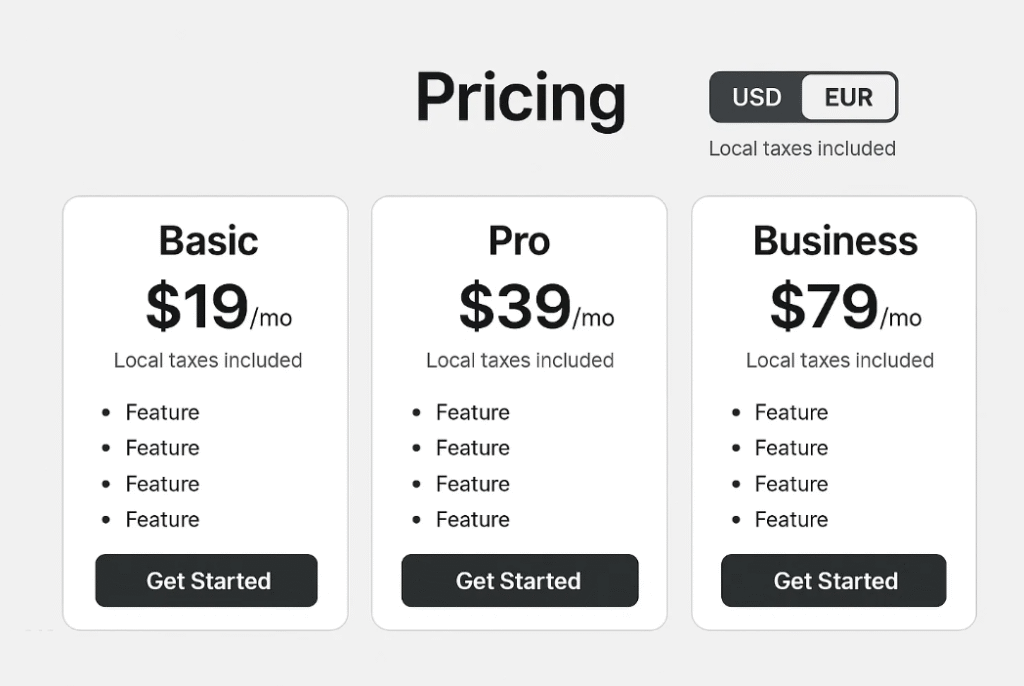
What Investors Think About Localization
You may not realize this, but localization often arises in due diligence meetings.
Why?
Because it signals readiness.
Investors don’t just want to know your product works. They want to know that you can scale efficiently in multiple regions.
If your numbers in the US look great but international churn is high, that’s a flag.
If you’re getting global traffic but converting poorly, they’ll ask why.
And if your CAC in English-speaking countries is increasing, they’ll expect you to unlock new markets without burning capital.
A clear localization roadmap—complete with metrics and priorities—tells them:
“We know how to grow beyond borders. We know how to win locally.”
That’s worth money.
The Real Mindset Shift: Stop Thinking in English
Most SaaS teams—especially those in the US or UK—build everything in English by default.
Strategy decks, UI mockups, onboarding copy, help docs… all in one voice, one format, one cultural lens.
But the moment you stop and ask:
- How would a Brazilian user read this message?
- Would a Japanese customer trust this layout?
- What would this CTA sound like in German?
…you start designing with empathy. You stop building for a default audience that doesn’t exist. And you start creating something with reach and resonance.
That shift is more important than any tool or tactic.
Localization As a Growth Loop, Not a One-Time Project
Many companies treat localization like a checklist item—translate, launch, move on. But the most successful SaaS companies don’t stop there. They treat localization as a growth loop.
Here’s how it works:
- You localize your highest-traffic funnel for one region.
- This leads to higher conversion and better customer data from that country.
- You use that insight to inform better onboarding, support, and even product features.
- Happy local customers leave reviews, refer peers, and become power users.
- That virality improves your authority in that region, bringing in organic sign-ups.
- Which further lowers CAC and justifies deeper investment.
Suddenly, localization isn’t a cost center. It’s your best-performing GTM playbook—on repeat, country by country.

How Localization Impacts Product Development
This part gets overlooked a lot.
Localization isn’t just a marketing function. It feeds back into product development—and in a good way.
When you adapt your flows, error messages, or integrations for a local audience, you often discover new UX patterns that improve the experience for everyone. For example:
- A German user might highlight how your error messages are too vague. So you improve the clarity platform-wide.
- A South Korean customer might want more integrations with mobile payment apps. You discover a demand that applies to multiple regions.
- A Canadian user might highlight bilingual use cases, leading you to rethink multi-language toggling inside the UI.
Localization creates friction early, but the right kind of friction. It exposes assumptions and helps your product grow.
What Happens After You Localize: Metrics That Move
Still on the fence? Let’s zoom in on the actual impact localization has on business metrics.
Conversion Rate
Localized landing pages and checkout experiences routinely lift conversion by 30–60%, sometimes even more if your original funnel was heavily US-centric.
Retention
When onboarding flows use native language and local examples, users are less likely to churn in the first 7 days—the most critical period for SaaS stickiness.
CAC
Localized ad creative performs better, meaning lower CPCs and higher Quality Scores on Google and Meta platforms.
Support Volume
Once help docs are localized and examples are region-specific, you’ll see fewer inbound questions about basic functionality.
LTV
Customers who feel like your platform “gets” them are far more likely to adopt more features, invite their team, and stick around longer, leading to higher lifetime value.
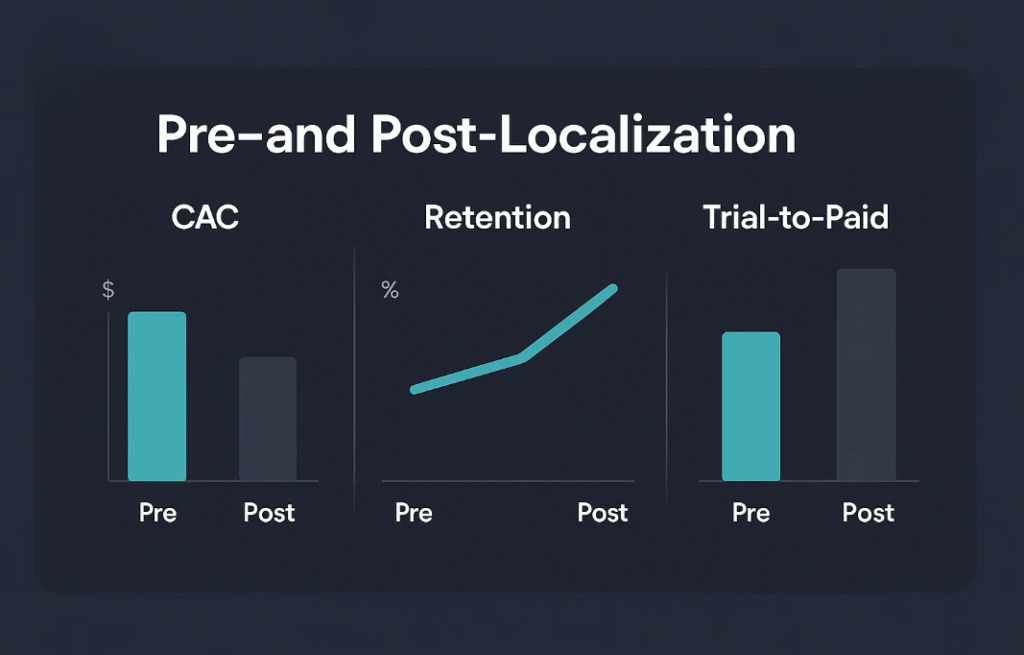
Localization Is the New Differentiator
In a world of parity, where most SaaS platforms are feature-complete and look great, experience becomes the differentiator. And localization is the experience multiplier.
Two companies might offer the same tool.
But the one that speaks your language, shows your payment options, offers relevant use cases, and feels familiar?
That’s the one you trust. That’s the one you recommend.
And that’s the one that wins.
Final Thought: Localization Is the Signal You’re Serious
To customers, it says:
“We didn’t just open up sign-ups. We showed up for your reality.”
To investors, it says:
“We know how to scale without scaling spend.”
To your competitors, it says:
“We’re not just global by accident. We’re global by design.”
And to your team, it says:
“We’re building something that belongs everywhere.”
In 2025, localization is no longer a luxury for big SaaS companies.
It’s the fastest, smartest way for lean SaaS teams to grow better, not just bigger.
And the ones who get it right?
They won’t just expand.
They’ll endure.
You might also be interested:




